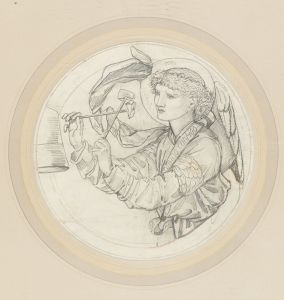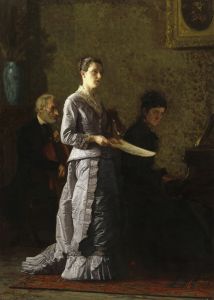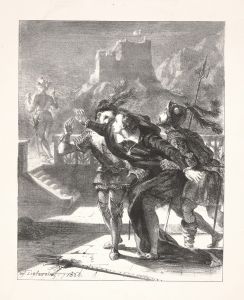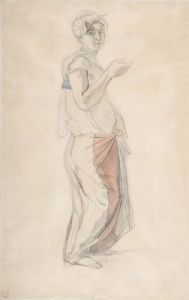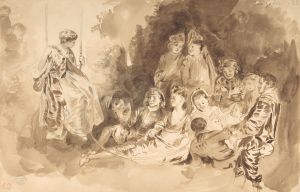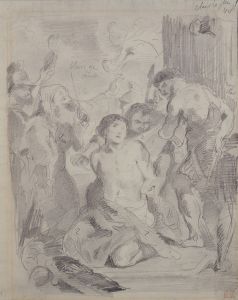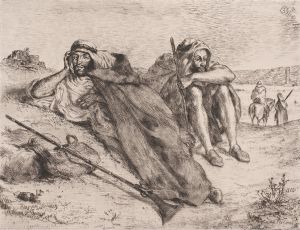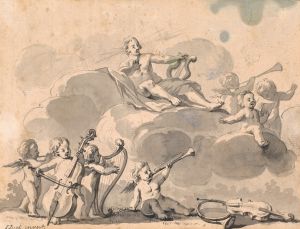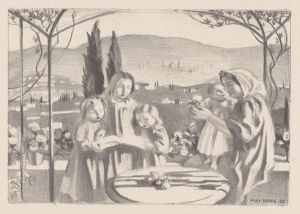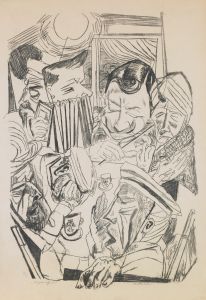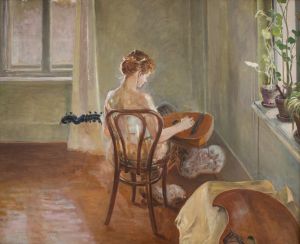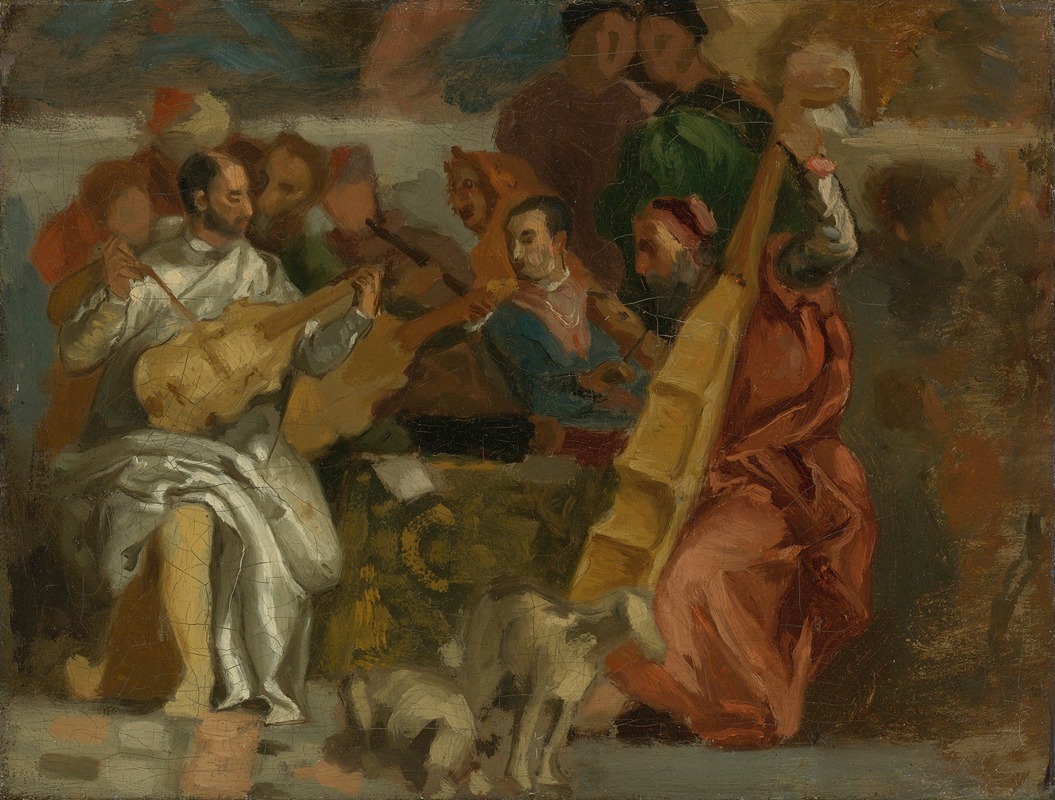
Musicians
A hand-painted replica of Eugène Delacroix’s masterpiece Musicians, meticulously crafted by professional artists to capture the true essence of the original. Each piece is created with museum-quality canvas and rare mineral pigments, carefully painted by experienced artists with delicate brushstrokes and rich, layered colors to perfectly recreate the texture of the original artwork. Unlike machine-printed reproductions, this hand-painted version brings the painting to life, infused with the artist’s emotions and skill in every stroke. Whether for personal collection or home decoration, it instantly elevates the artistic atmosphere of any space.
Eugène Delacroix, a leading figure of the French Romantic movement, is renowned for his expressive use of color and dynamic compositions. Among his diverse body of work is the painting "Musicians," which reflects his interest in capturing the vibrancy and emotion of human experiences. Delacroix's oeuvre often explored themes of music and performance, and "Musicians" is a testament to his fascination with these subjects.
"Musicians" is believed to have been created during a period when Delacroix was deeply engaged with the cultural and artistic currents of his time. While specific details about the painting's creation and its current location are not widely documented, Delacroix's broader artistic context provides insight into the work's significance. Delacroix was known for his ability to convey movement and emotion, often drawing inspiration from historical events, literature, and his travels.
The Romantic era, during which Delacroix flourished, was characterized by a focus on individual expression and the exploration of intense emotions. Artists of this period frequently sought to break away from the strictures of neoclassicism, embracing instead a more personal and emotive approach to art. Delacroix's work exemplifies this shift, as he often infused his paintings with dramatic contrasts and vibrant colors to evoke a sense of immediacy and passion.
In "Musicians," Delacroix likely employed his signature style, which often included loose, energetic brushstrokes and a rich palette. His approach to composition typically involved dynamic arrangements that guided the viewer's eye across the canvas, creating a sense of movement and life. While the specific subjects of "Musicians" are not detailed in available records, Delacroix's interest in music and its emotional power suggests that the painting may capture performers in the midst of an expressive moment.
Delacroix's fascination with music is evident in other works as well, such as his illustrations for Goethe's "Faust" and his depictions of theatrical performances. Music, for Delacroix, was a source of inspiration that paralleled the emotional depth he sought to achieve in his paintings. This thematic interest aligns with the Romantic ideal of art as a means of accessing and expressing the sublime aspects of human experience.
Throughout his career, Delacroix maintained a commitment to exploring the interplay between color, form, and emotion. His innovative techniques and bold use of color influenced subsequent generations of artists, including the Impressionists, who admired his ability to capture the essence of a moment. Delacroix's legacy as a pioneer of the Romantic movement is firmly established, and works like "Musicians" contribute to our understanding of his artistic vision.
While specific details about "Musicians" remain limited, the painting is an integral part of Delacroix's exploration of music and emotion. It reflects his broader artistic goals and his ability to convey the dynamic and emotive qualities of human experience. Through his work, Delacroix continues to be celebrated as a master of Romantic art, whose influence extends far beyond his own time.





